Museum Of Russian Primitivism
Primitivism is a mode of aesthetic idealization that either emulates or aspires to recreate "primitive" experience. In Western art , primitivism typically has borrowed from non-Western or prehistoric people perceived to be "primitive", such as Paul Gauguin ‘s inclusion of Tahitian motifs in …
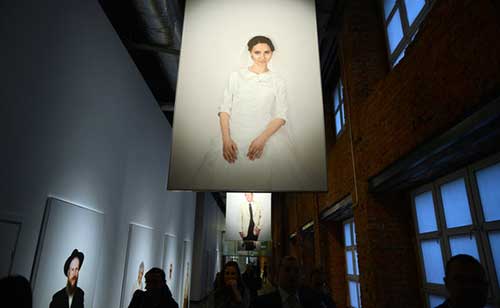

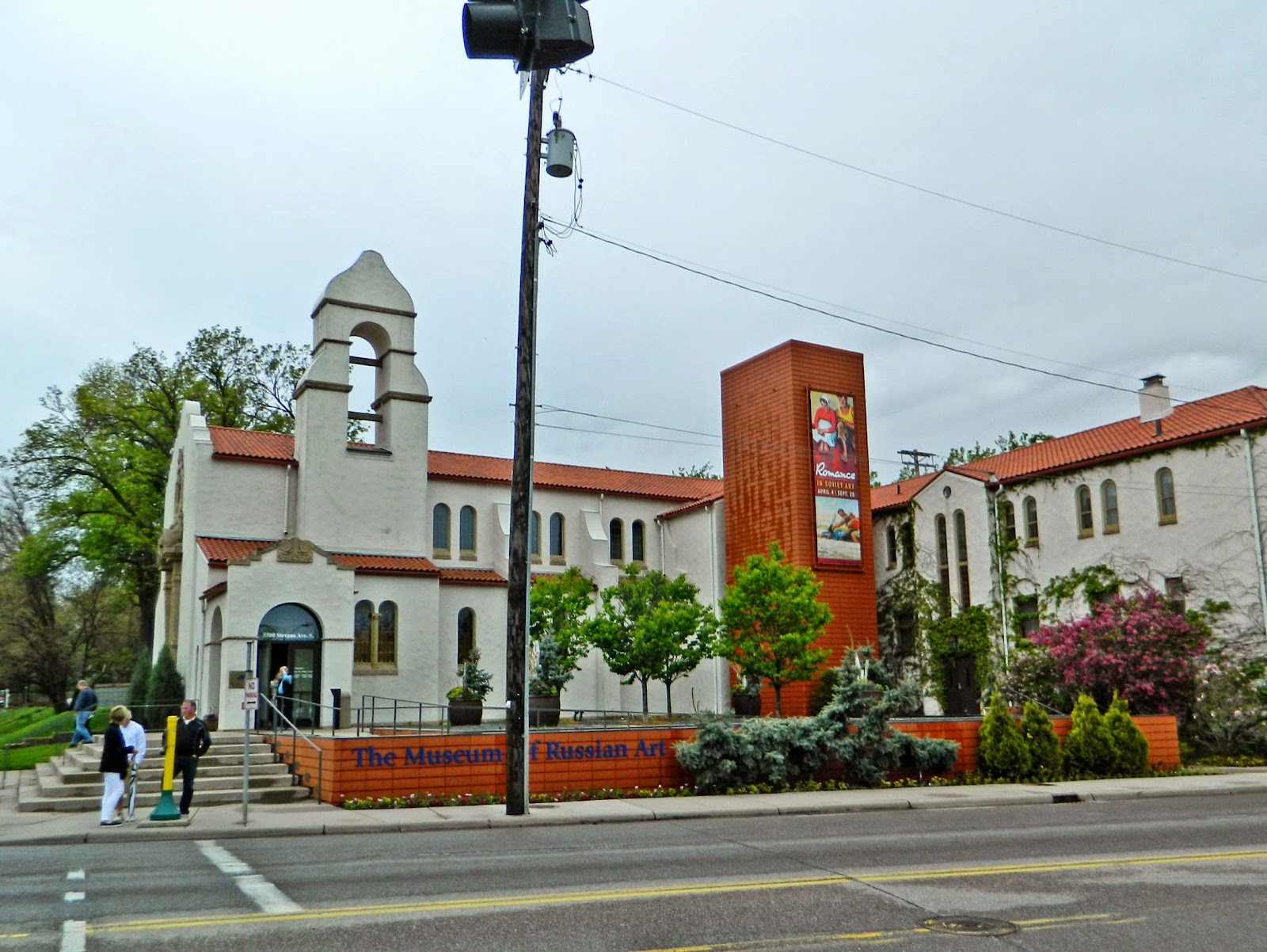
Moscow City Museum was founded in 1896 ,is one of the city’s oldest cultural institutions with the unique collection of the archeological remains, plans, engravings, paintings, photography, graphic art, costumes, postcards, objects from everyday life, and much else.
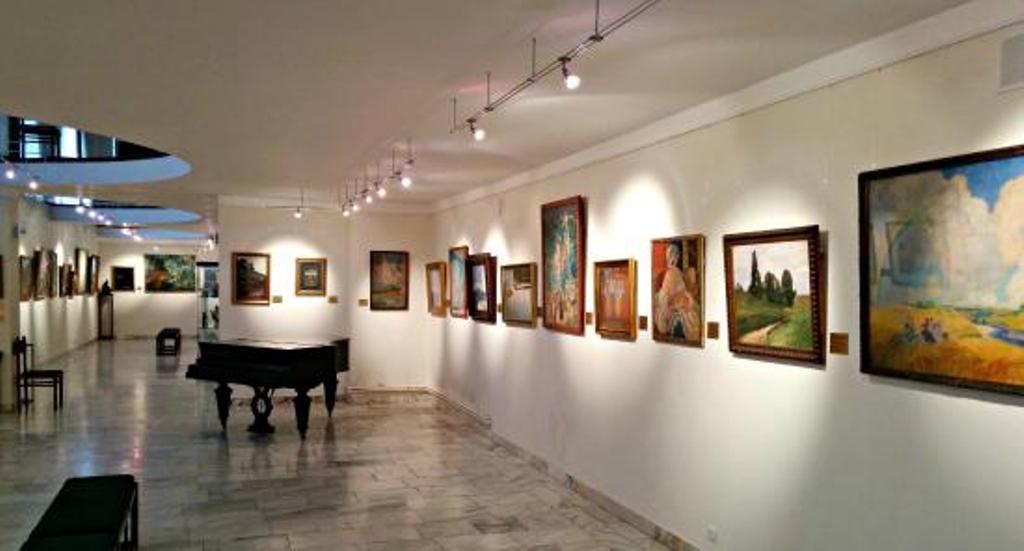
PRIMITIVISM IN RUSSIAN FUTURIST BOOK DESIGN Jared Ash 33 Primitivism in Russian Futurist Russian Neo-primitivism. Western artists whose influ- Museum, Moscow Fig. 2.“Ladder of St. John,” from a 16th-century manuscript. The Paul M. Fekula Collection.
About the Museum of Russian Lubok and Naïve Art . The Museum of Russian Lubok and Naïve Art has been set up on the basis of two museums — the Museum of Naïve Art and Moscow Museum of Folk Graphics. Throughout its history the Museum’s specialists have done a lot of selfless work on preservation and study of naïve art in Russia and CIS countries.
Introduction: Russian neo-primitivism and its Scythian variant, delimitation of the subject Among the discussions of the Russian primitivism, one designation appears frequently for different arts: the Scythian style or Scythianism.
The Museum of Moscow (Russian: Музей Москвы) is one of the oldest museums of the city of Moscow, Russia.Its collection was established on the initiative of Russian scientific community in 1896. The Moscow City Duma gave it a large collection of exhibits. In the 20th century the museum several times changed its name and location.


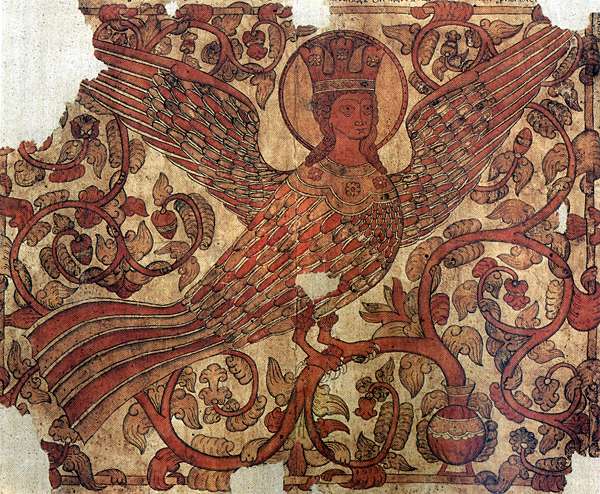
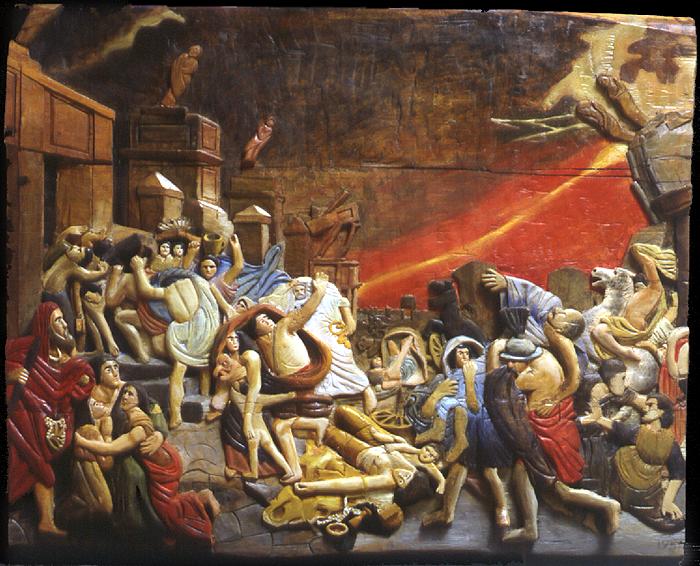
Russian Museums and Galleries Moscow Museum of Private Collections Tatyana Mavrina Collection and Works (Room 204) Tatyana Mavrina Collection and Works (Room 204) Tatyana Alexeyevna Mavrina (Lebedeva) (1900/02–1996), an honoured artist and illustrator, and her husband, the artist Nikolai Vasilyevich Kuzmin (1890–1987), collected Russian icons and applied art.

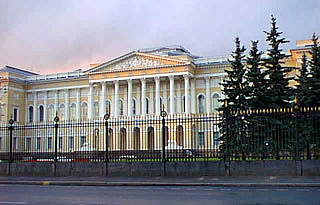
Jan 29, 2015 · ‘Vladimir Markov and Russian Primitivism: A Charter for the Avant-Garde provides a much-needed examination of the career and work of Vladimir Markov, or Voldemārs Matvejs, the Latvian-born cultural theorist, most famous for his pioneering work on African art.
The Museum of Russian Art, Vladimir Rovinsky, and Terry Hempleman continue their staged reading series of Russian classic plays with Anton Chekhov’s Three teens – featuring Emily Grodzick, Megan Kreidler, Megan Burns, Becca Hart, Terry Hempleman, and more.
In this illustration to his play Murderer, Hope of Women, Kokoschka emphasizes the violent interactions between the two central figures, whose nude bodies are covered in expressive, netlike patterns of tattoos—at the time, potent signifiers of primitivism, criminality, and degeneracy.